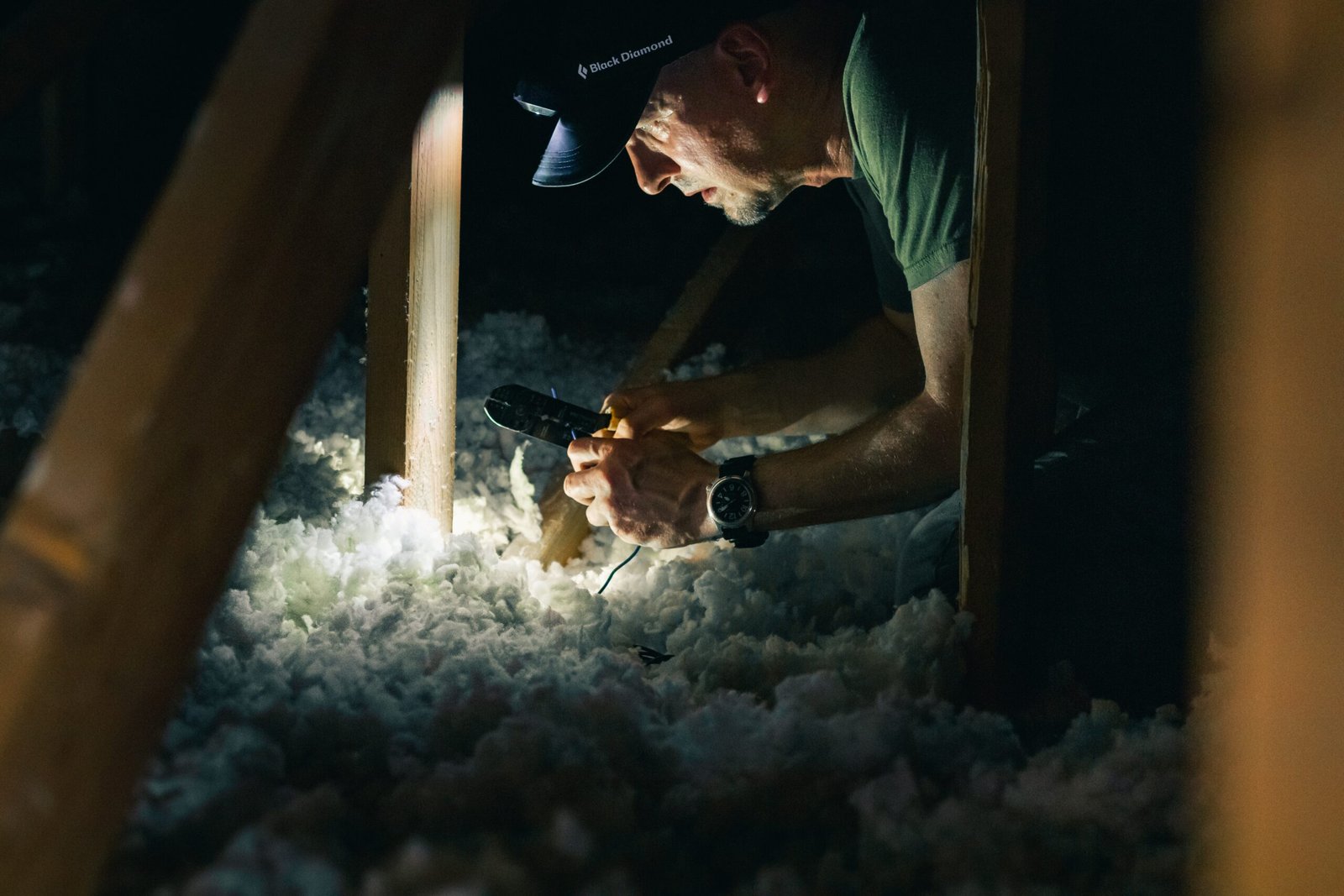Having bats in the attic may seem harmless, but it can actually pose several dangers to both your health and your home. Bats are known carriers of various diseases, and their presence in your attic can lead to structural damage and other issues. In this article, we will explore the dangers of bats in the attic and the diseases they can transmit.
Structural Damage
Bats can cause significant damage to your attic and home. They often create nests in insulation, which can lead to its degradation and reduced effectiveness. Additionally, their droppings, known as guano, can accumulate over time and cause staining, odor, and even structural damage. The acidic nature of bat guano can corrode wood and other building materials, compromising the integrity of your attic.
Bats can also chew through electrical wires, which can pose a fire hazard. This can be especially dangerous if the wires are hidden within the attic insulation, as it may go unnoticed until it’s too late.
Health Risks
One of the biggest concerns with bats in the attic is the potential for disease transmission. Bats are natural hosts for several pathogens, including the rabies virus. While most bats do not carry rabies, it’s important to exercise caution as even a small percentage of infected bats can be a significant risk.
Another disease associated with bats is histoplasmosis. This is caused by a fungus that grows in bat guano. When the guano is disturbed, the spores become airborne and can be inhaled. Histoplasmosis can cause flu-like symptoms, including fever, cough, and fatigue. In severe cases, it can lead to respiratory problems.
Furthermore, bats can harbor other parasites such as fleas, ticks, and mites. These parasites can infest your attic and eventually find their way into your living space, posing a threat to both humans and pets.
Prevention and Removal
If you suspect that you have bats in your attic, it’s important to take action promptly. Here are a few steps you can take to prevent and remove bats:
- Inspect your attic: Look for signs of bat activity, such as droppings, stains, or strong odors. Also, check for any entry points that bats may be using to access your attic.
- Seal entry points: Once you have identified the entry points, seal them off to prevent bats from entering. However, it’s essential to ensure that all bats have left the attic before sealing the openings, as trapping them inside can lead to further problems.
- Install bat houses: To encourage bats to relocate, consider installing bat houses in your yard. These provide an alternative roosting place and can help reduce the chances of bats returning to your attic.
- Consult professionals: If you are unsure about how to handle the situation or if you are dealing with a large infestation, it is best to seek the assistance of a professional pest control company or wildlife removal expert. They have the knowledge and experience to safely remove bats from your attic.
Remember, it is essential to prioritize your safety when dealing with bats in the attic. Always wear protective clothing, including gloves and a mask, when cleaning up bat droppings or attempting to remove bats.
Conclusion
Bats in the attic can pose a range of dangers, from structural damage to the transmission of diseases. It is crucial to address the issue promptly and take necessary steps to remove bats from your attic. By doing so, you can protect your health, preserve the integrity of your home, and ensure a safe living environment for you and your family.



